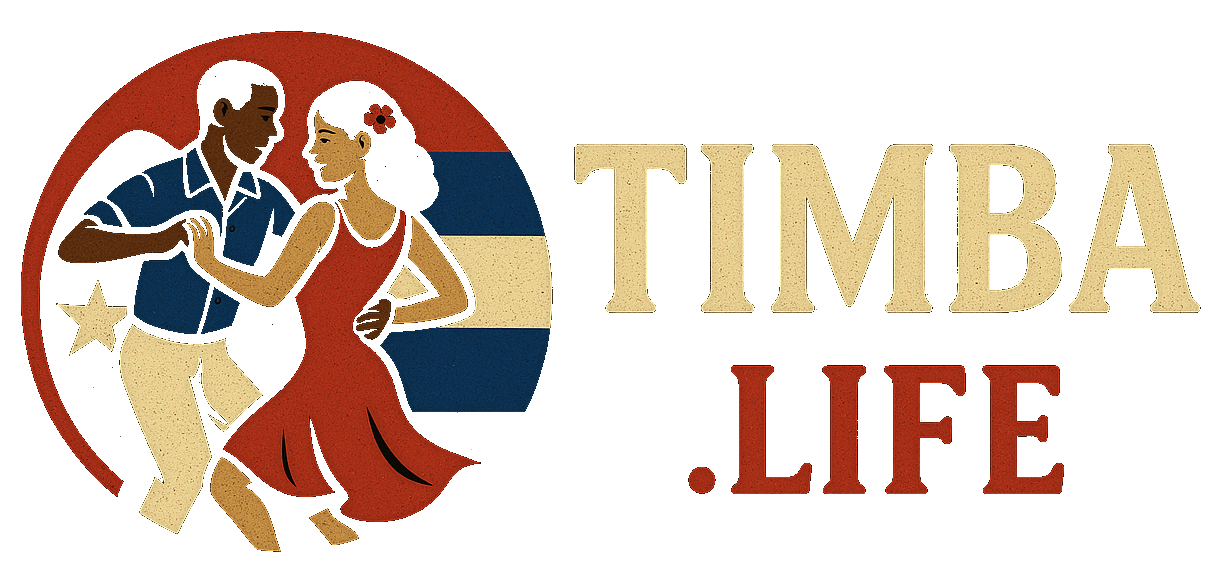Palo pa la campana - Tromboranga
Salsa tends to be easier to understand than timba, making this a helpful starting point.
Although this is a salsa song rather than timba, I’ve included it here because Joaquín Arteaga — timbalero and bandleader of the salsa orchestra Tromboranga — posted a YouTube video explaining the musicality and basic structure of “Palo pa' la campana.”
0:00.0s
-
[0:00-0:21] Intro: Horns playing intro melody while rhythm section plays a salsa groove.
-
[0:21-0:31] Bridge: Rhythm changes to Oriza rhythm.
-
[0:31-0:50] Verse: Singer starts telling the story of the song.
-
[0:50-1:00] Bridge: Rhythm changes again to Oriza rhythm.
-
[1:00-1:19] Verse continues: Singer continues the story (back to salsa rhythm).
-
[1:19-1:29] Bridge
-
[1:29-2:08] Verse continues: Singer continues the story (back to salsa rhythm).
-
[2:08-2:17] Bridge
-
[2:17-2:27] Montuno section
-
[2:27-2:46] mambo"> Mambo section: Starts with piano and bass.
-
[2:46-2:57] Little bridge: Piano plays a steady guajeo.
-
[2:57-3:34] Bongo bell solo: Piano keeps playing a steady guajeo.
-
[3:34-5:10] Second mambo"> mambo: With chorus on top.
-
[5:10-5:29] Second montuno
-
[5:29-5:48] Ending & Coda: With Oriza rhythm, chorus, and inspiring sonero.
-
[5:48-6:24] Credit roll

